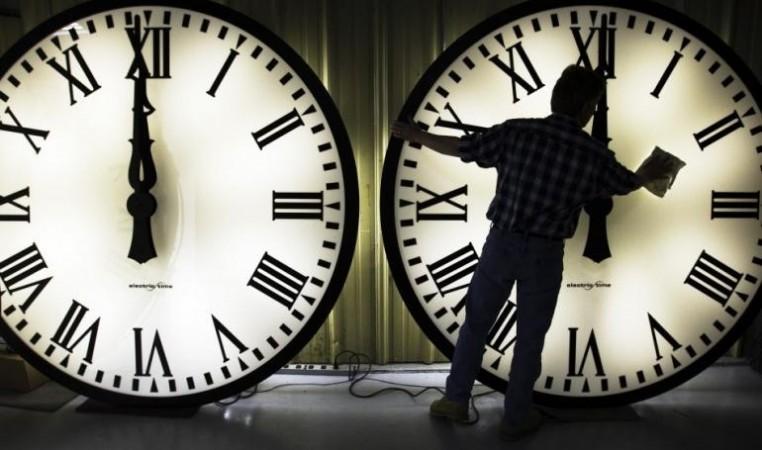
The daylight saving time has ended in the United States, giving the country an extra hour of sleep on 2 November. Winding the clock and observing the time change can often be confusing for many. For those who are still asking many questions about daylight saving, here are few facts to keep in mind.
- The fall Daylight saving time change occurs in the United States on the first Sunday in November. This year the date was 2 November 2014 at 2 am.
- By the time one reads this, everyone would have already set their clocks backwards an hour at 2am.
- Daylight saving time is adjusted in order to make better use of the daylight by having the sun rise one hour later in the morning and set one hour later in the evening. There are examples cited in various accounts on how ancient civilisations practiced a similar process where they adjusted their daily schedules along with the sun. The roman water clocks, for instance, used different scales for different months of the year.
- Daylight saving time is now implemented in over 70 countries worldwide and affects over a billion people each year. The European Union used the summer time period practiced by UK for many years, which begins on the last Sunday in March and ends on the last Sunday in October
- Although most cell phones and many of the watches update the time change automatically, it is always recommended to double check.
- The Daylight Saving Time will change again at 2 am, Sunday, 8 March 2015.
- The idea of Daylight Saving Times was first conceived by Benjamin Franklin in the late 18th century.
- Hawaii and most of Arizona do not follow DLS because there is no federal law concerning the Daylight Saving Time.

















